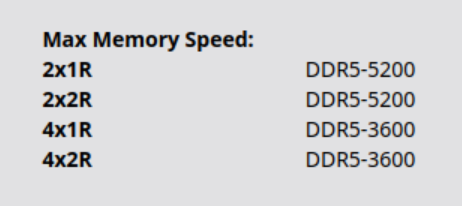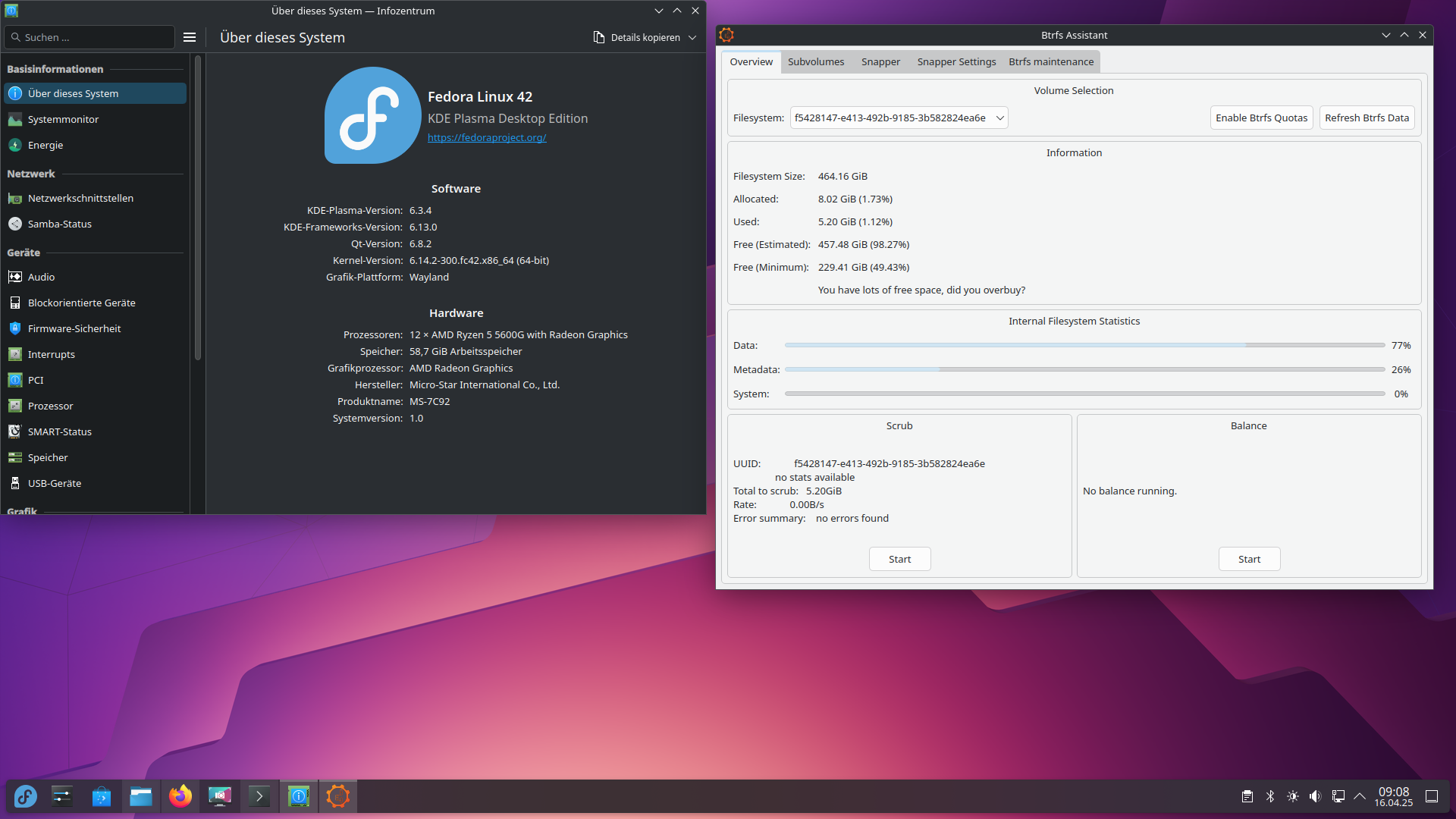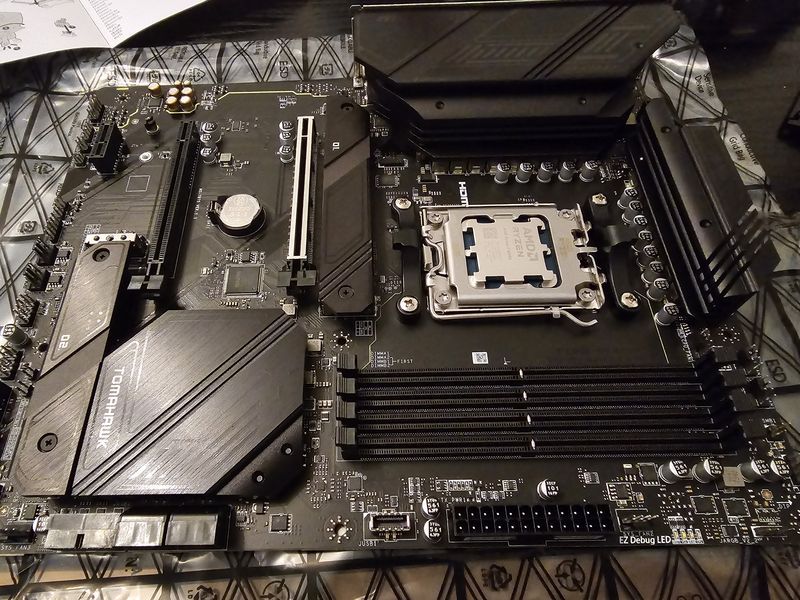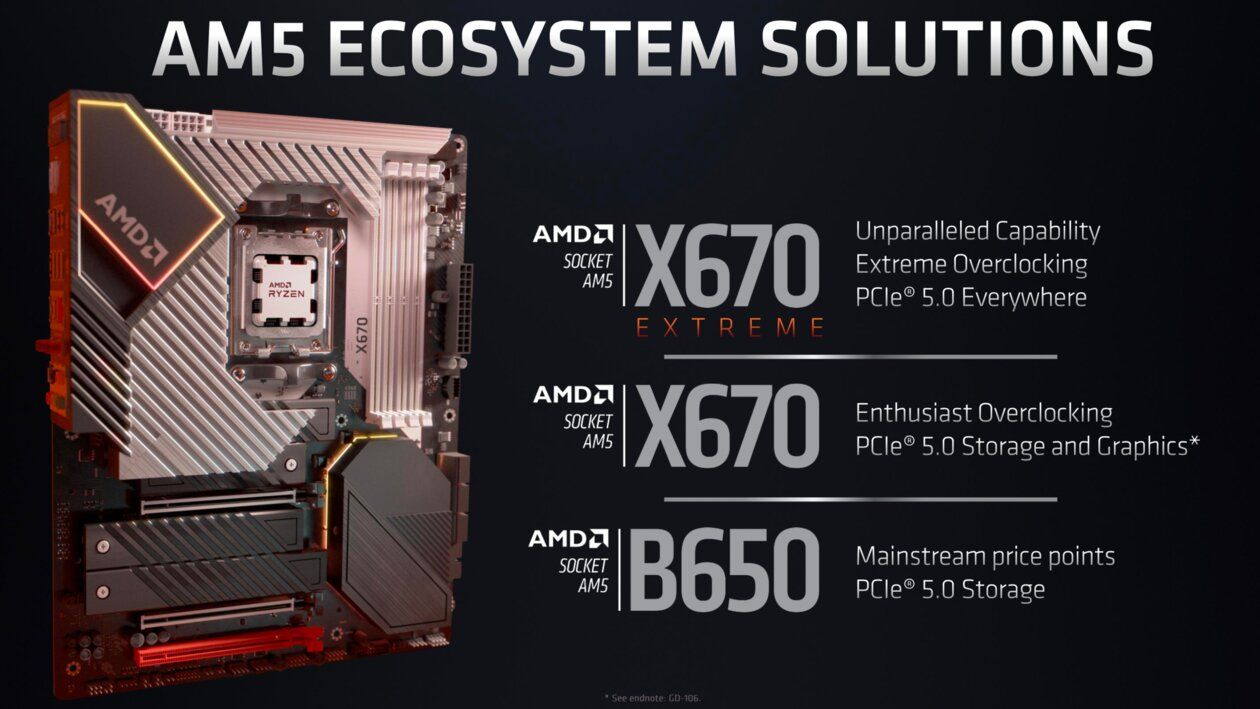Billig Mainboard B650 ?
-
Ich bin die Tage über folgendes Video im Netz gestolpert und fühle mich ein wenig getriggert
 Warum?
Warum?Ich habe mir ja ein MSI B650 Tomahawk WiFi gekauft. Kann man hier nachlesen.
Ob man jetzt 217,90€ für billig erachtet, das überlasse ich jedem selber. Aber, warum habe ich mir nun genau dieses Board gekauft?
Fangen wir an mit der Notwendigkeit von PCIe 5.0. Brauche ich das? Da ich auf eine CPU mit integrierter GPU, ein AMD Ryzen 5 8600G, setzen wollte war mir das ziemlich egal. Würde halt nur Geld verbrennen. Kleine Anmerkung an dieser Stelle, solltet ihr Gamer sein, ist dieser Beitrag für euch nicht geeignet.
Ok, weiter. PCIe 5.0 ist also nicht wirklich nötig. Da ich aber auch auf einen NVMe Riegel setze, benutzt noch jemand was anderes?, hatte ich auch darüber nachgedacht. Ja, das wäre eine Option gewesen, aber für meinen Einsatzzweck konnte ich auch darauf verzichten.
Ok, dann zum RAM. Verbaut habe ich einen DDR5-5200er. Warum, das würde ja auch besser gehen?
Schauen wir uns die AMD Seite dazu an.https://www.amd.com/de/products/apu/amd-ryzen-5-pro-8600g

Sollte also passen. Ansonsten passte die Ausstattung auch zu meinen Vorstellungen. Haupt Kaufgrund für mich waren übrigens die zwei Monitoranschlüsse.
Ein Board auszuwählen ist heute echt komplex und normalerweise brauche ich da einige Zeit für. Mittlerweile läuft das System und ich vermisse jetzt eigentlich nichts.
Ja, ich kann die Gamer Ecke verstehen, das man 700€ für ein Board ausgibt und nochmal dasselbe für eine Grafikkarte usw. Habe ich früher auch jahrelang gemacht. Mittlerweile zocke ich ja nur noch auf einer PS5, ist langfristig wesentlich günstiger







